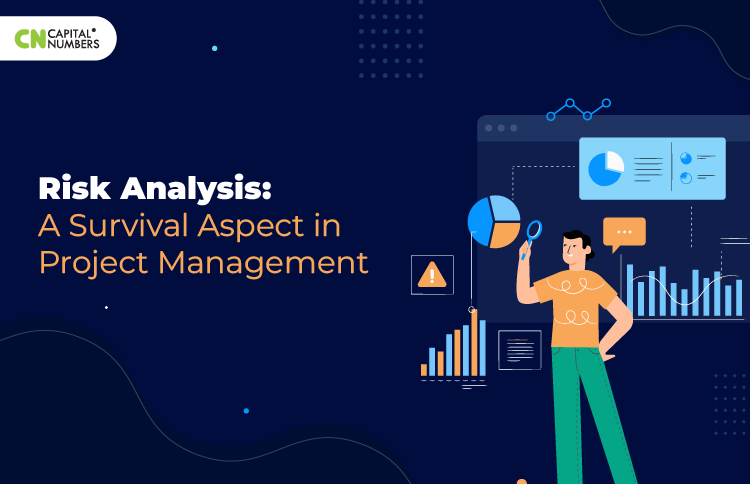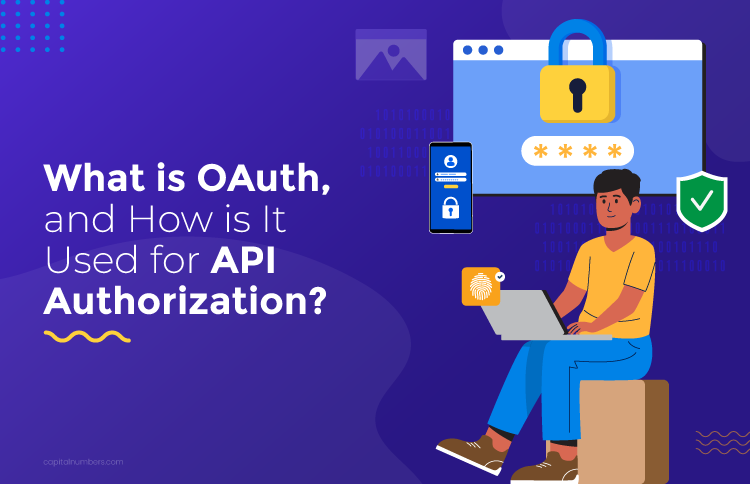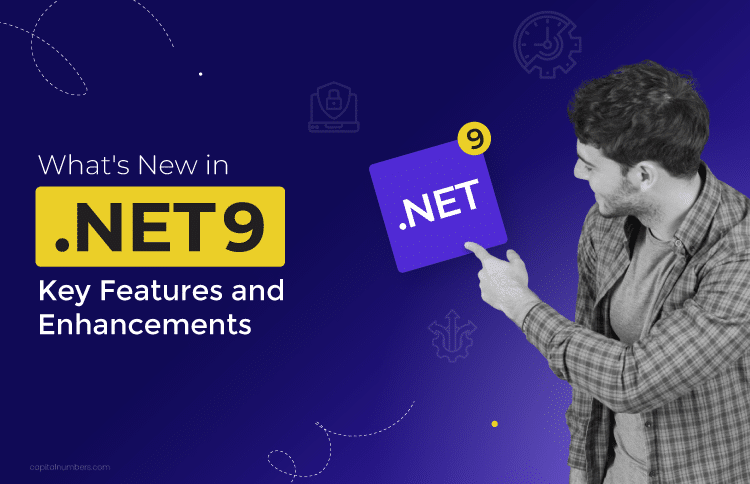Risk Analysis: A Survival Aspect in Project Management
Table of Contents
Risk analysis is a crucial aspect of project management, playing a significant role in ensuring the success and survival of a project. It involves identifying, assessing, and prioritizing potential risks that could impact the project and developing strategies to mitigate or manage those risks. Here’s how risk analysis contributes to the survival aspect of project management:
Risk Analysis for Project Survival
1 Early Identification of Risks
Prevention is Key: Identifying risks early in the project lifecycle allows the project team to take preventive actions. By addressing potential issues before they escalate, the project is better positioned for success.
Proactive Planning: Project managers can plan for and allocate resources to deal with identified risks, reducing the likelihood of negative impacts on the project.
2 Assessment of Impact and Probability
Informed Decision-Making: Through risk analysis, project managers can assess the potential impact and likelihood of each risk. This information helps make informed decisions about which risks to address first and how to allocate resources effectively.
3 Prioritization of Risks
Focus on Critical Risks: Not all risks are equal. Risk analysis allows project managers to prioritize risks based on their potential impact on project objectives. This ensures that efforts are focused on managing the most critical risks.
4 Contingency Planning
Developing Contingency Plans: In the face of uncertainties, contingency plans can be developed to provide a roadmap for responding to specific risks. This preparedness enhances the project’s resilience and ability to navigate unexpected challenges.
5 Resource Allocation
Optimal Resource Allocation: Through risk analysis, project managers can allocate resources more efficiently by focusing on areas of the project that are most susceptible to risks. This helps avoid unnecessary expenditures and ensures resources are available where they are most needed.
6 Improved Communication
Stakeholder Engagement: Effectively communicating the identified risks and their potential impacts fosters stakeholder understanding and support. It also encourages a collaborative approach to managing risks, involving all relevant parties in the risk mitigation process.
7 Monitoring and Control
Ongoing Risk Management: Risk analysis is not a one-time activity; it’s a continuing process. Regular monitoring and control of identified risks help ensure that the project stays on course and that new risks are addressed promptly.
8 Adaptability and Resilience
Adapting to Changes: Risk analysis promotes a mindset of adaptability. Teams become more resilient in the face of unexpected changes, and the project becomes better equipped to survive unforeseen challenges.
Risk Mitigation Strategies
After identifying and analyzing risks in custom software development, developing effective risk mitigation management strategies becomes essential. This process involves making plans that either stop risks before they happen or reduce their effects if they do occur. This risk mitigation approach requires a detailed review of each risk, focusing on potential causes and the severity of their impact. For a software development company, proactive preparation and the creation of backup plans are vital to ensure that projects remain on track and objectives are met, despite any unforeseen challenges. Additionally, this approach includes resource allocation, where resources are effectively allocated to mitigate risks, whether through additional staffing, training, or implementing redundant systems.
Now, let’s explore the specific strategies that can be used to manage risks effectively.
1 Monitoring and Controlling Risks
Regular Monitoring: Continuously monitoring project activities to identify new risks and assess the effectiveness of existing risk mitigation strategies.
Adaptive Strategies: Adjusting risk management strategies as the project progresses and new information becomes available.
2 Communication
Stakeholder Communication: Keeping stakeholders informed about potential risks, their impact, and the steps being taken to manage or mitigate them.
Team Awareness: Ensuring that the project team is aware of potential risks and is equipped to respond promptly if issues arise.
3 Integration with Project Lifecycle
Risk Integration: Embedding risk management practices throughout the project lifecycle, from initiation to closure.
Iterative Approach: Recognizing risk management is an iterative process, with regular reviews and updates as the project evolves.
4 Documentation
Risk Register: Maintaining a comprehensive risk register documents identified risks, their characteristics, and the planned responses.
Lessons Learned: Capturing lessons learned from previous projects to improve risk management practices continuously.
5 Compliance and Governance
Regulatory Compliance: Ensuring risk management practices align with industry regulations and standards.
Governance Framework: Adhering to organizational governance frameworks and policies related to risk management.
You May Also Read: 2024 CTO Challenge Checklist: Are You Prepared for the Evolving Tech Landscape?
Conclusion
In summary, risk analysis is a survival tool in project management, providing the means to identify, assess, and manage uncertainties that can impact the project’s success. By integrating risk management into project planning and execution, project managers increase the likelihood of project survival in a dynamic and unpredictable environment. Leveraging effective risk management practices is likely instrumental in ensuring the successful delivery of projects in a dynamic IT and ITeS environment. It involves strategic planning, proactive identification, and adaptive responses to navigate uncertainties and challenges.


















